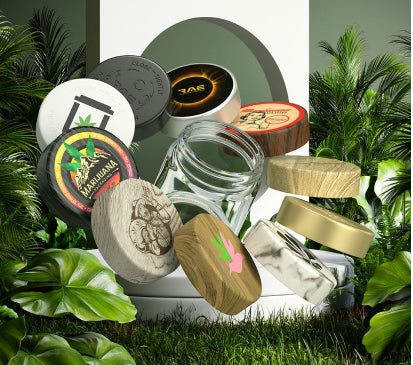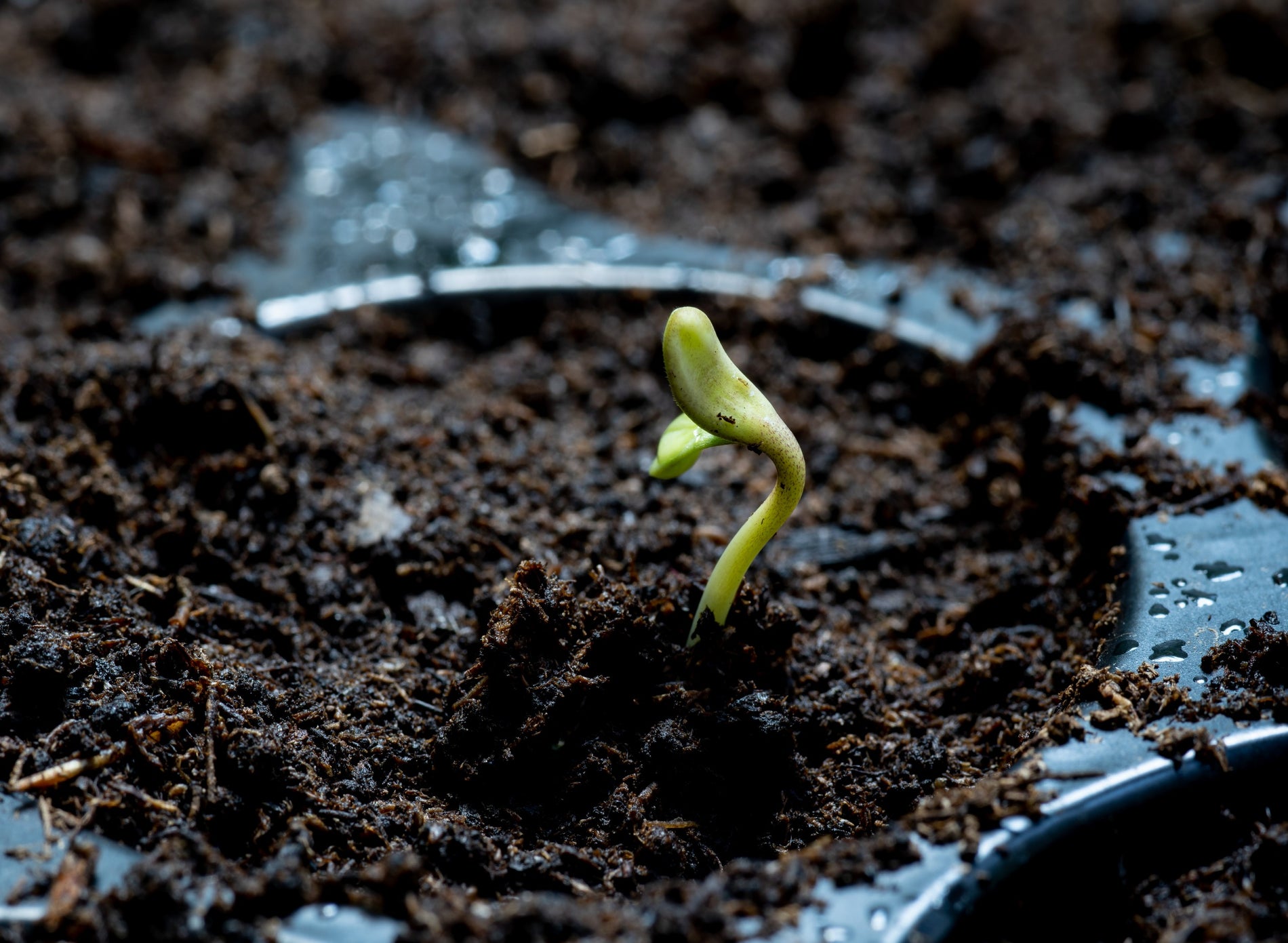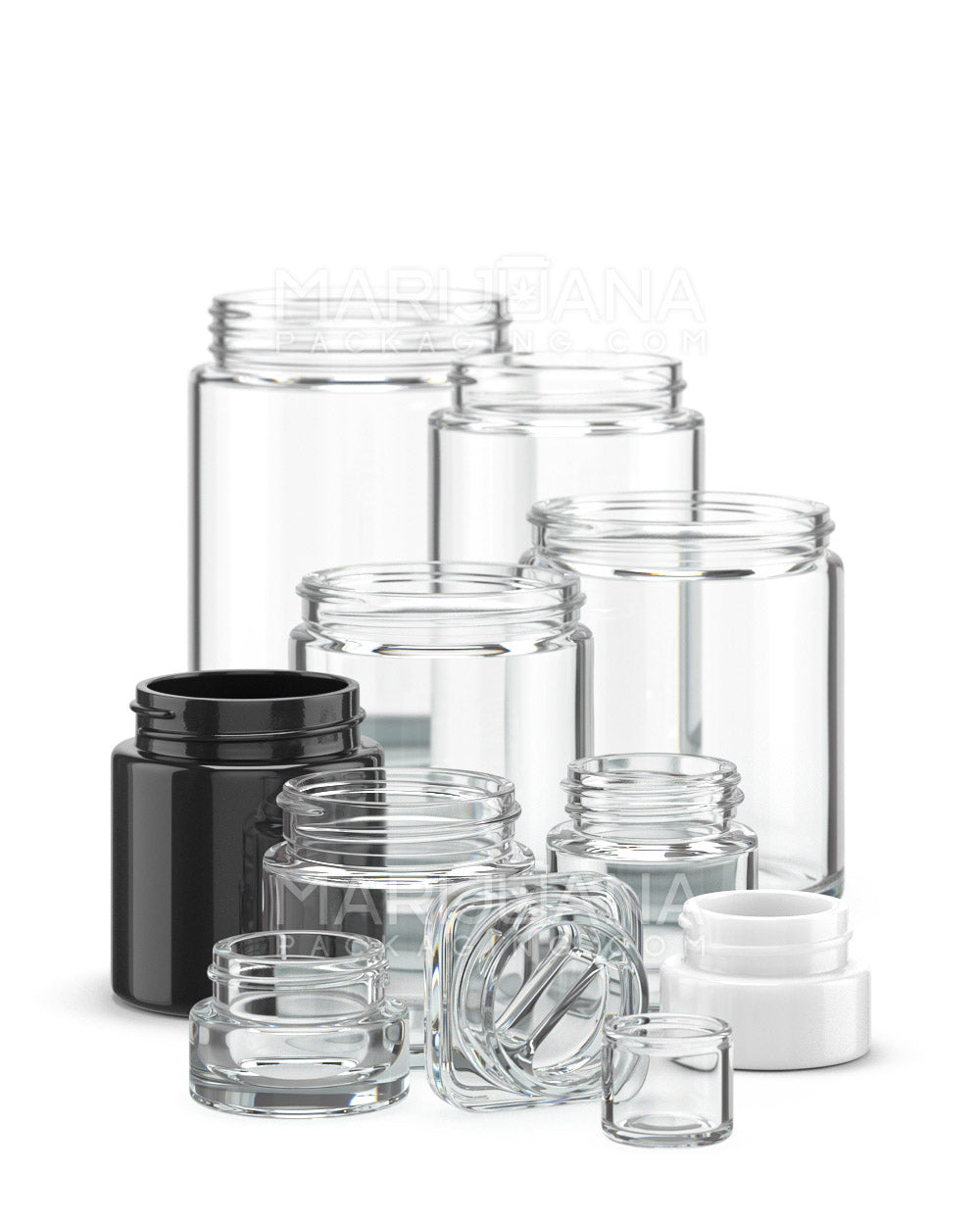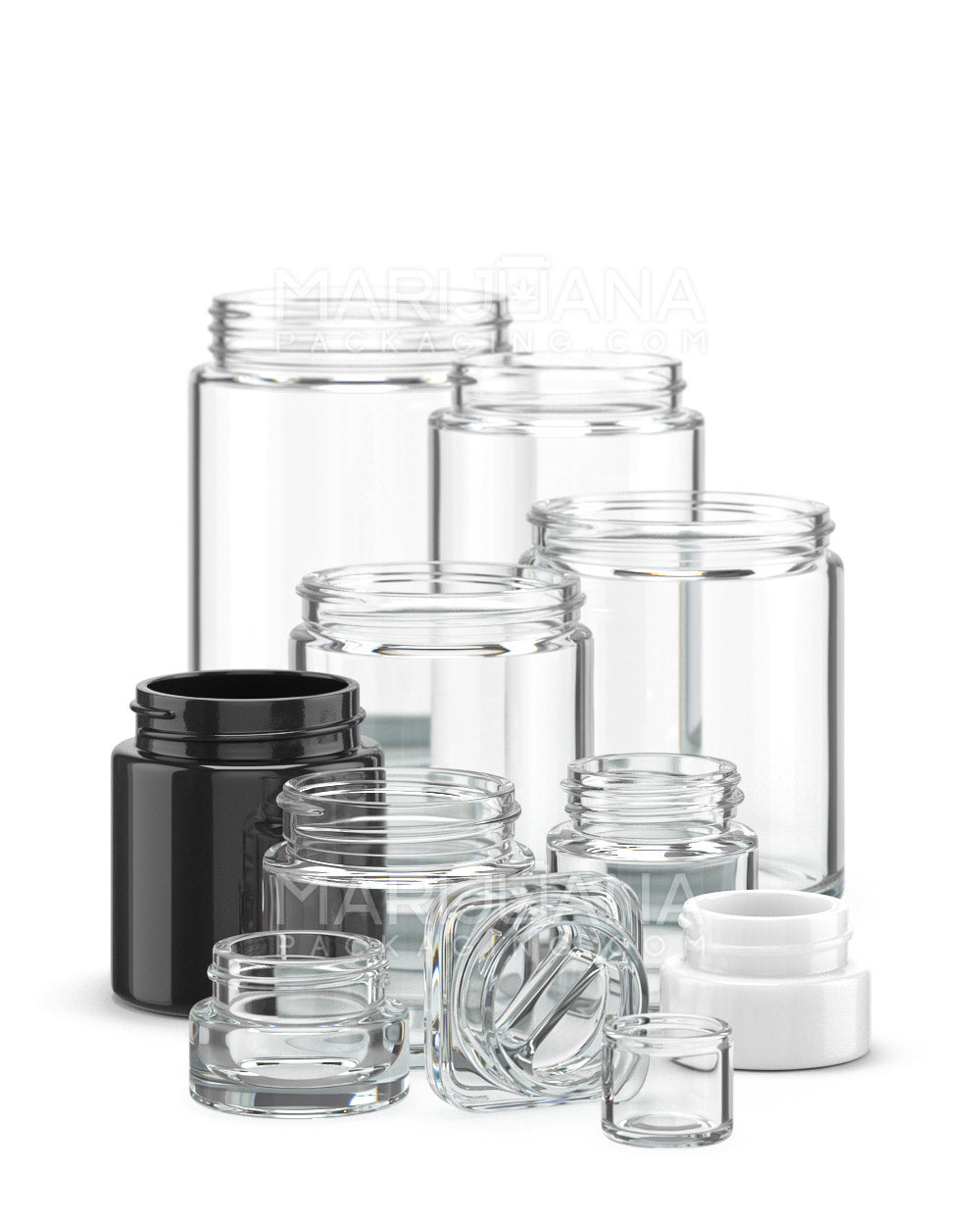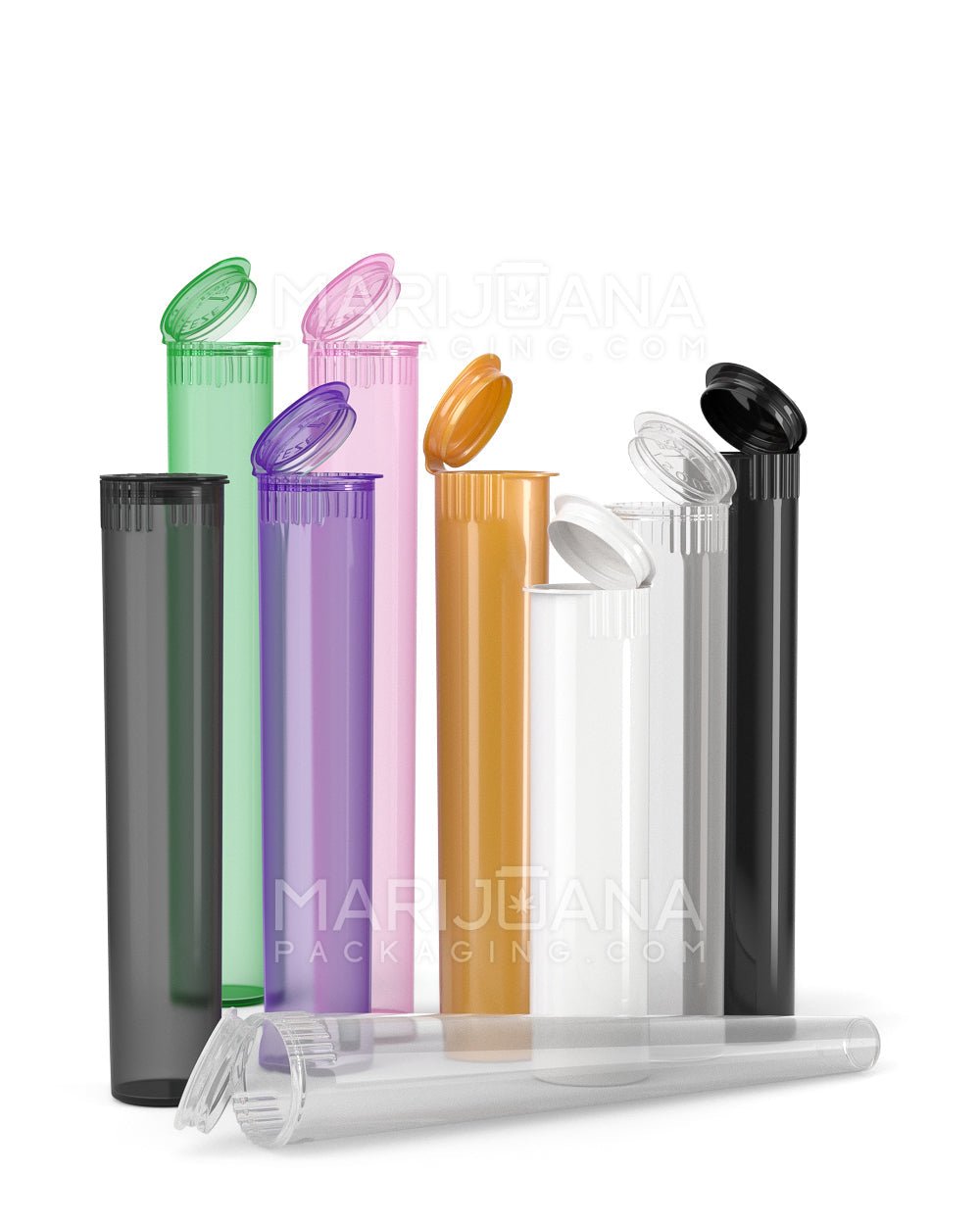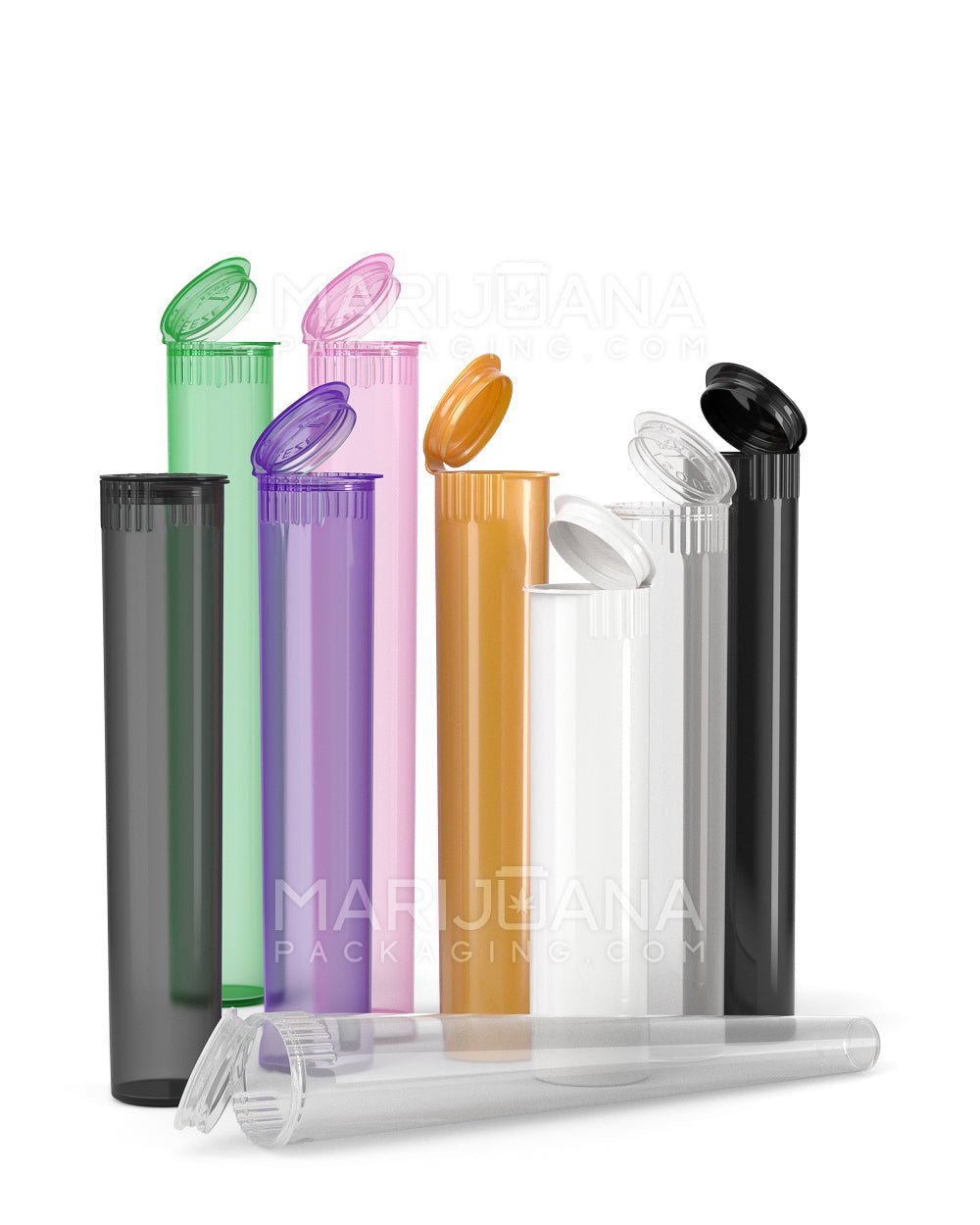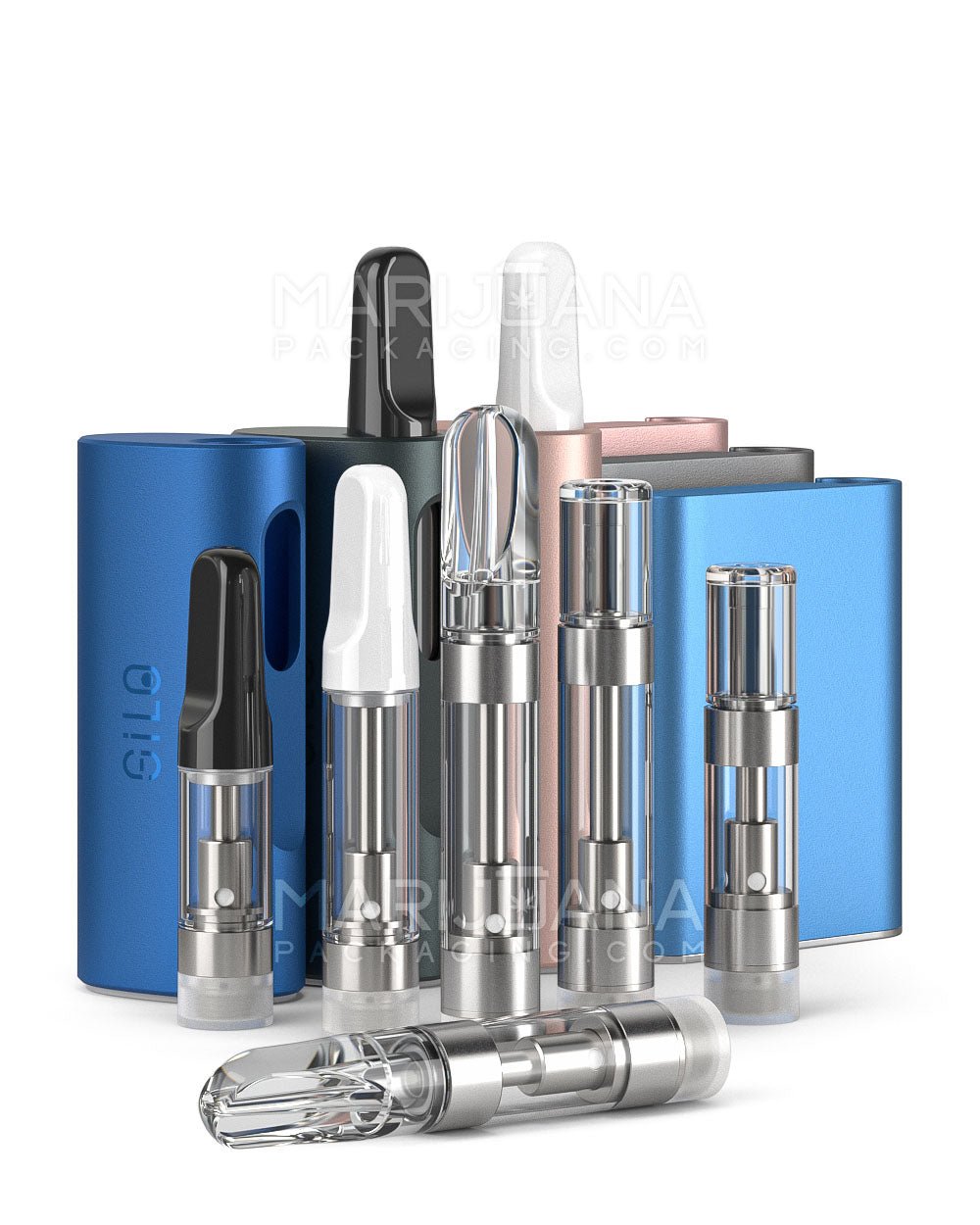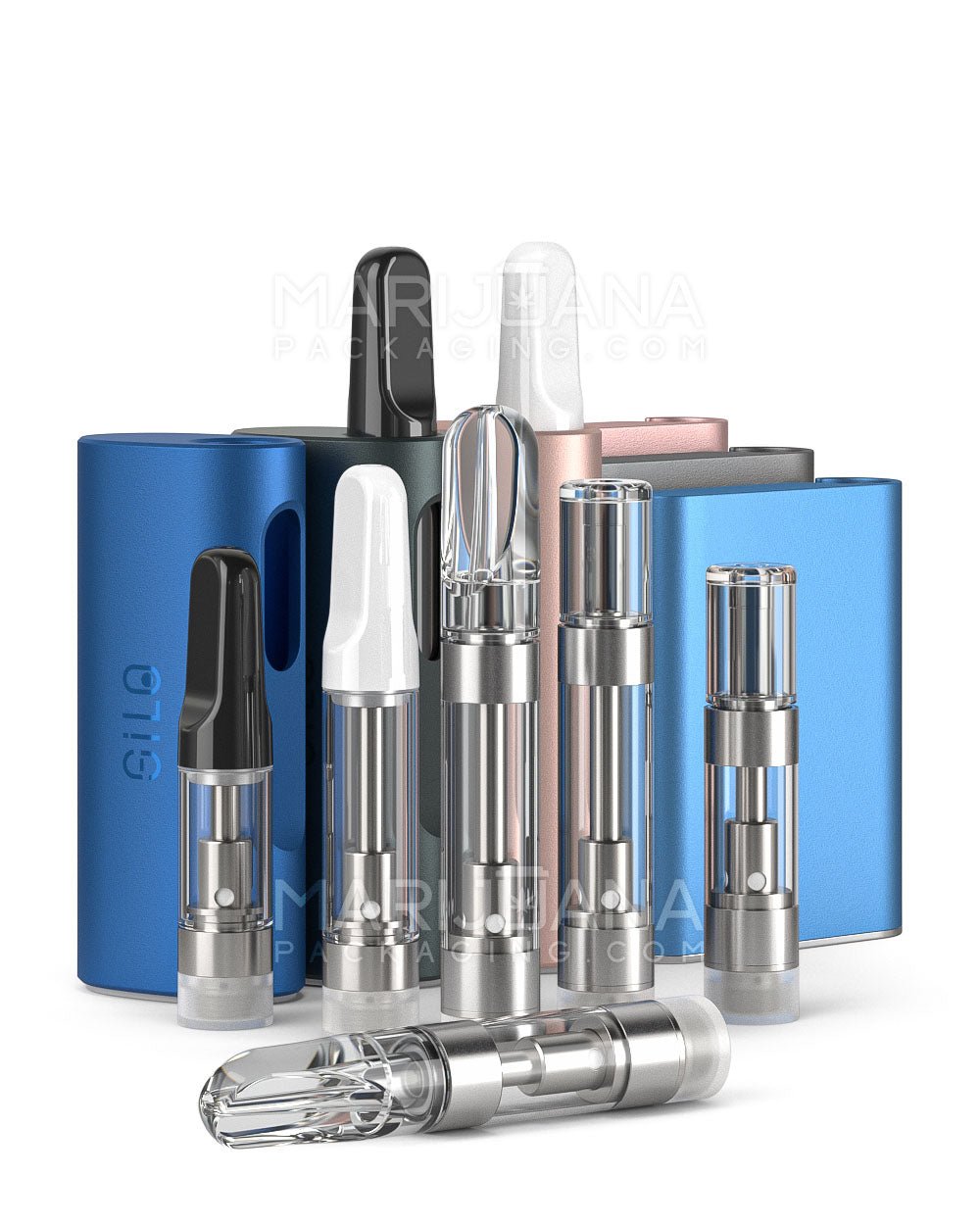The cultivation of cannabis has evolved from a covert operation to a widely accepted horticultural practice. While various aspects of this process are intriguing, one crucial stage that has gained extensive attention is the vegetative stage of marijuana, commonly referred to as vegging. This critical phase involves a delicate balance of light, water, and nutrients. In this comprehensive guide, we delve into this stage of the marijuana plant, revealing its essentials and offering insights on navigating potential challenges.
Understanding the Vegetative Stage of Marijuana
The vegetative stage of weed is the period that follows the seedling phase. It’s the period of the plant’s lifecycle when it develops its structure – the stem becomes sturdier, and the plant rapidly produces more leaves. The vegetative stage is a crucial phase because the growth and health of the plant at this stage will significantly influence its yield during the flowering phase.
The Duration of the Vegetative Stage
One thing that many new growers usually want to understand about the vegetative cannabis phase is how long it takes to veg. Generally, the vegetative stage of cannabis lasts between 3 and 16 weeks, depending on the strain and the growing conditions. The decision to shift the plant from the vegetative stage to the flowering phase is mostly up to the grower. However, it’s essential to remember that bigger plants will yield more buds.
Accelerating Vegetative Growth
Now that we understand what the vegetative stage is and how long it takes, let’s address another pertinent query: how to speed up veg growth. The speed of vegetative growth depends on the control and balance of various elements such as light, water, and nutrients.
The Light Cycle: As a rule of thumb, during the vegetative stage of marijuana, plants require ample light—around 18 to 24 hours each day. This illumination gives them the energy to undergo photosynthesis and grow. The light cycle you implement can have a substantial impact on the rate of growth.
Overwatering: A common mistake that many cultivators make is overwatering their cannabis plants. While water is vital for plant growth, too much of it can lead to stunted growth, disease, and even death. It’s essential to maintain a proper watering schedule to keep the plants healthy.
Nutrient Deficiencies: Another factor that can hinder growth during the vegetative stage is nutrient deficiencies. Deficiencies in nutrients like nitrogen, potassium, or phosphorus can limit growth and cause damage to the plant. Consequently, a balanced nutrient solution tailored to the plant’s needs is crucial.
Growing Techniques: Different techniques can speed up veg growth. For instance, hydroponics—growing plants without soil, instead using mineral nutrient solutions—can hasten plant development as it allows for direct nutrient uptake. This method results in quicker and more significant growth compared to traditional soil planting.
Avoiding Common Pitfalls in Vegging
Whether you’re growing weed indoors or outside, understanding and steering clear of common pitfalls is essential. Other issues, besides overwatering and nutritional deficits, may emerge during the vegetative period. For example, your plant may encounter pests or diseases. Even so, regular inspection and timely intervention can save your plants and ensure they reach the flowering phase in the best condition possible.
Bottom Line
Navigating the vegetative stage of cannabis can be a complex endeavor. It’s a critical phase that requires vigilance and precise control of various elements. However, it can be an engaging and rewarding process with the correct knowledge and tools. By understanding the balance between light, water, and nutrients, avoiding pitfalls like overwatering, and implementing growth techniques like hydroponics, you can ensure your cannabis plants flourish and transition smoothly into the next stage.




